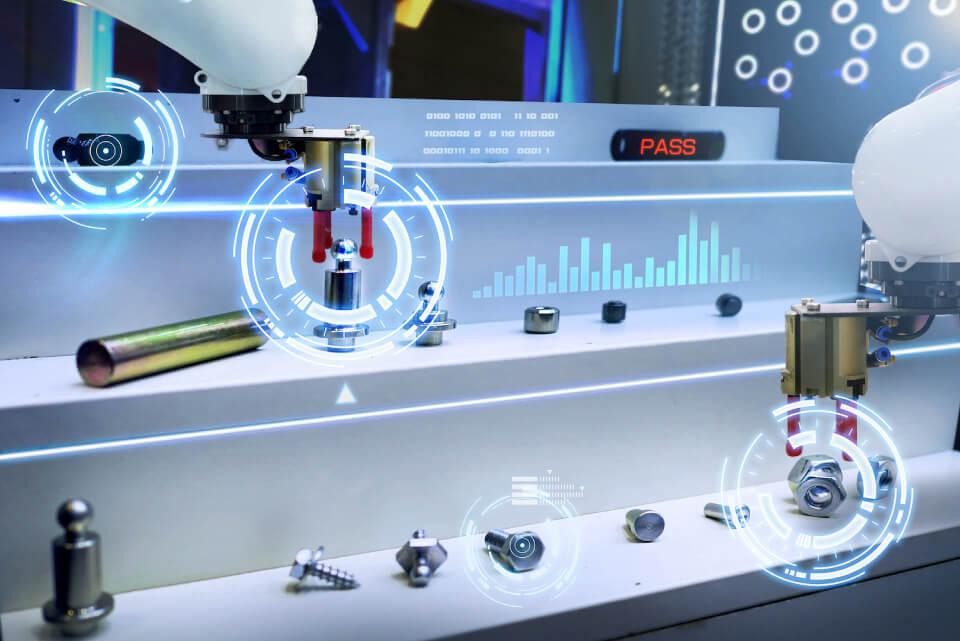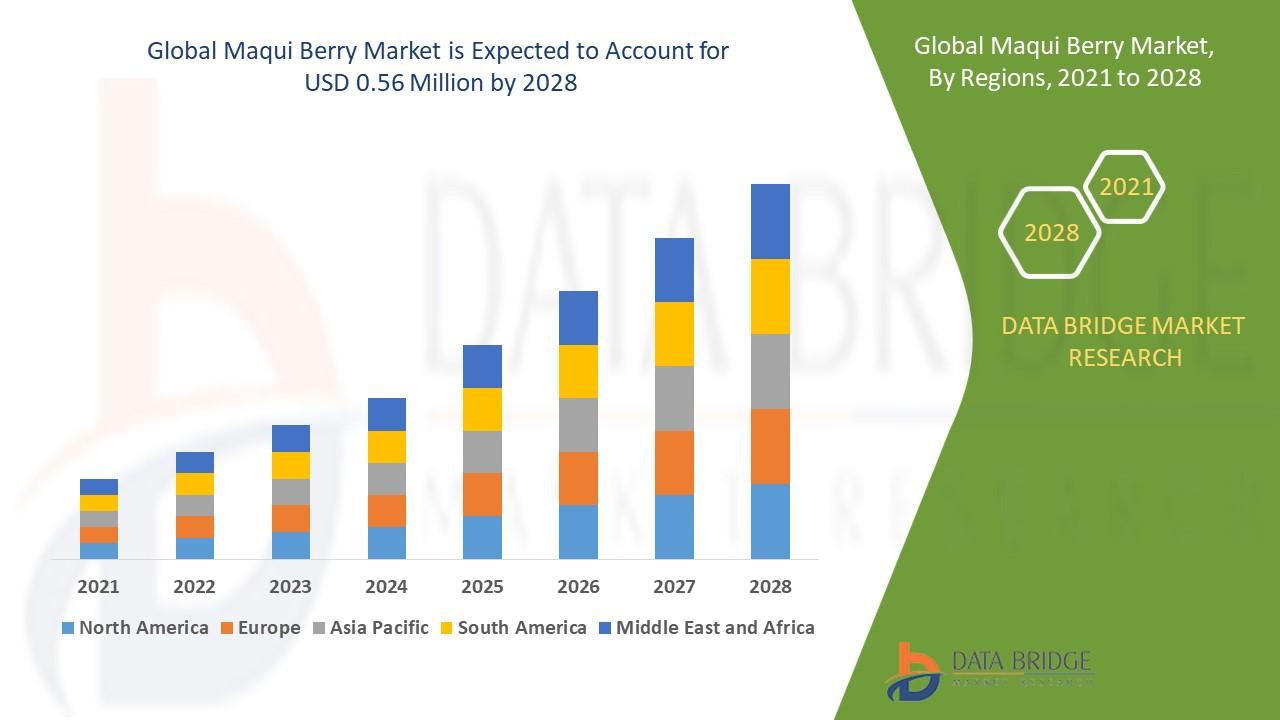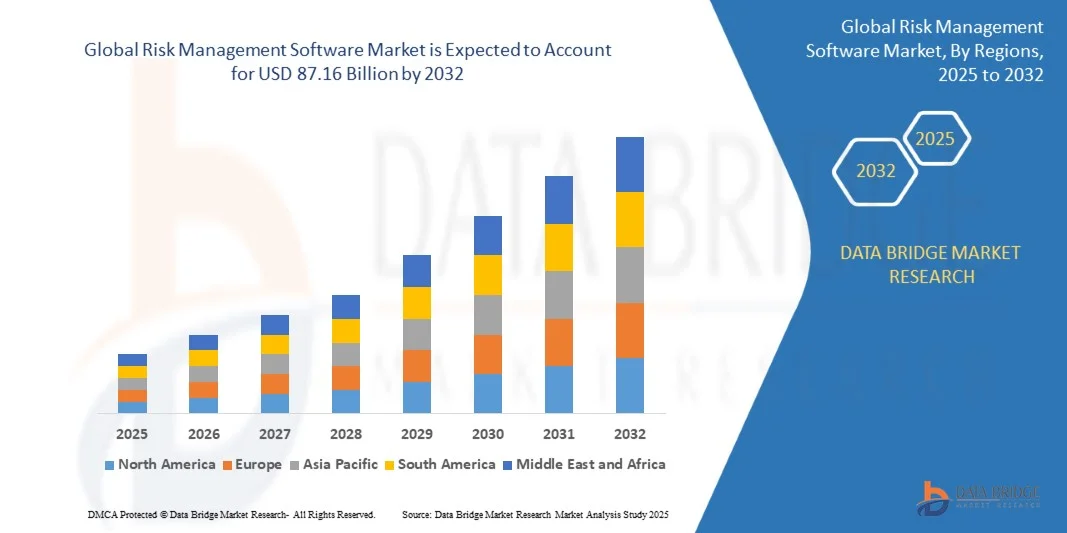Deconstructing the Models That Fuel AI Vision Inspection Revenue

The financial architecture of the AI vision inspection market is a blend of traditional hardware sales and modern, recurring software models. The explosive growth in AI Vision Inspection revenue, the primary force behind a market expected to reach USD 240.76 billion by 2035, is generated through these diverse and evolving monetization strategies. This expansion, advancing at a rapid CAGR of 22.5%, is supported by a clear trend towards service-based and value-based pricing, moving beyond simple one-time transactions. Understanding these different revenue streams—from hardware and perpetual software licenses to SaaS subscriptions and outcome-based pricing—is crucial for appreciating the economic mechanics that underpin this high-growth technology sector.
The most traditional revenue stream is the one-time sale of hardware and perpetual software licenses. This model involves the upfront purchase of all the necessary components for a vision inspection station: industrial cameras, lighting, processing hardware (like an industrial PC with a GPU), and a perpetual license for the inspection software. This approach generates a large initial revenue spike for the vendor but can be a significant capital expenditure for the customer. While this model is still common, especially with well-established machine vision providers, the industry is steadily moving away from it in favor of more flexible and scalable options that lower the initial barrier to entry for customers.
The dominant and fastest-growing revenue model is the Software-as-a-Service (SaaS) or Platform-as-a-Service (PaaS) subscription. In this model, customers pay a recurring fee (monthly or annually) for access to the AI vision software platform. This subscription often includes the software itself, cloud resources for model training, ongoing software updates, and technical support. The pricing is typically tiered based on factors like the number of cameras connected, the volume of inspections performed, or the number of AI models deployed. This recurring revenue model is highly attractive to vendors because it provides a predictable income stream, and it is favored by many customers because it converts a large capital expense into a manageable operational expense, allowing them to scale their use of the technology as their needs evolve.
A third and increasingly important revenue stream comes from a wide range of professional services. Because AI vision systems are not one-size-fits-all, significant expertise is required to deploy them successfully. Vendors and their system integrator partners generate substantial revenue from these services. This includes initial consulting and proof-of-concept projects, the physical installation and setup of the hardware on the production line, and the complex work of data collection, annotation, and custom AI model development. Furthermore, some innovative companies are experimenting with outcome-based revenue models, where their fee is tied directly to the value they create, such as a percentage of the cost savings from reduced scrap or a fee based on the number of defects correctly identified, directly aligning the vendor's success with the customer's.
Explore Our Latest Trending Reports:




